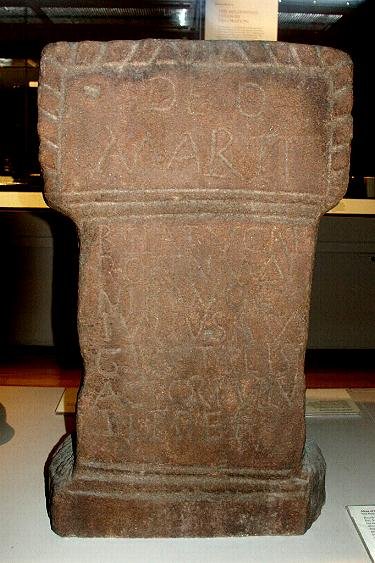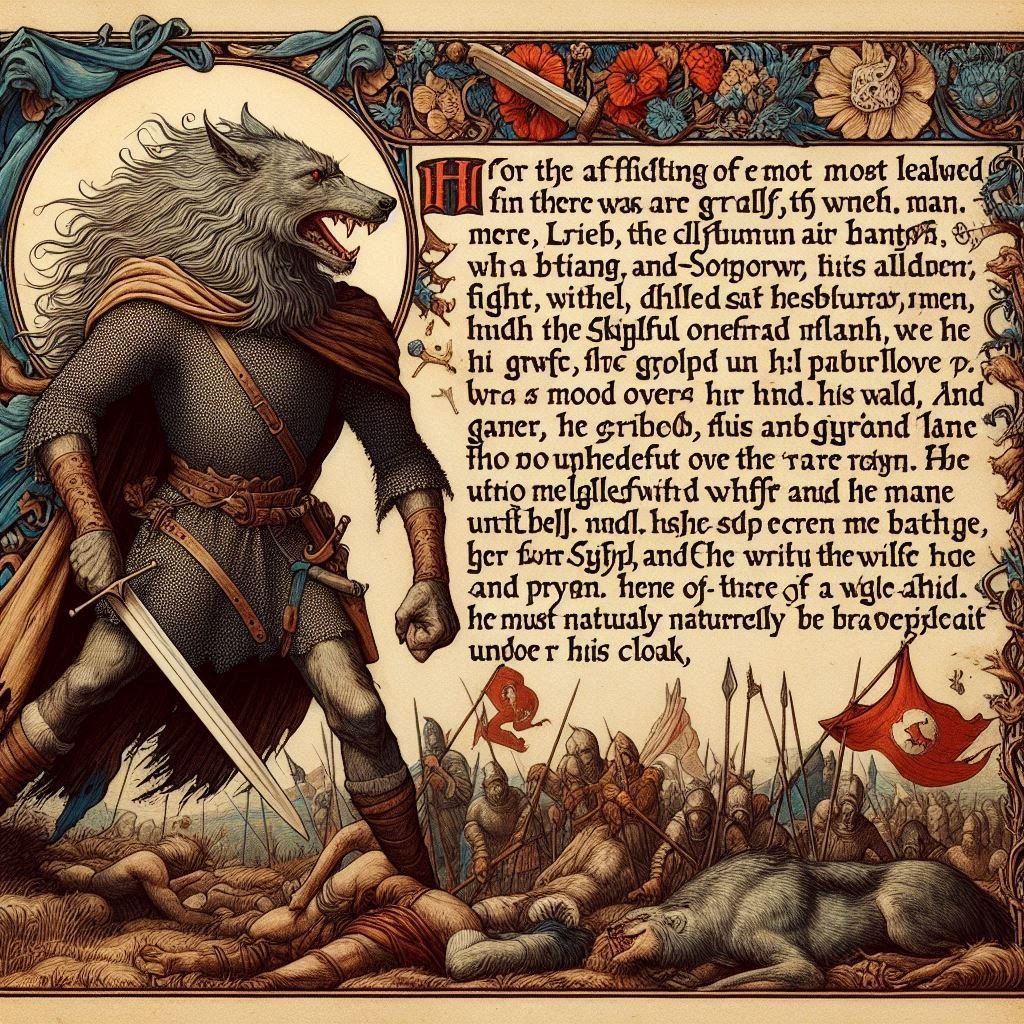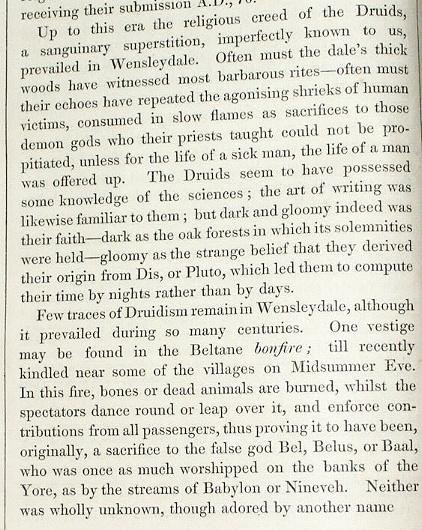Celtic Marriage Customs and Status of Women
from The High Kings: Arthur’s Celtic Ancestors by Joy Chant
Pages 36-36
Marriage was usually lifelong and to one partner, but there were other
forms. One interesting custom was the “temporary marriage.” The laws
list ten kinds of marriage, of which only three were permanent. Full
marriages were marked by “bride-gifts,” by the “maiden-fee” paid to a
virgin bride or to her kinswomen, and by the woman’s removal from her
parent’s home to that of her husband. In a temporary marriage no gifts
were given, and the husband would live among the wife’s kindred. These
partnerships were open, legal, and honourable, but they were not
intended to be binding, and could be dissolved at will, without pretext,
leaving both free to marry again.
Often the husband would be a visiting stranger, from another kingdom or
another world. Princesses whose children would be heirs to a kingdom
often took such husbands. The children of these unions were not
illegitimate (though bastardy never mattered much in Celtic societies,
where illegitimate children inherited on the same terms as legitimate)
but some of the heroes who are known as sons of their mothers, like
Fergus Mac Roich, may have been the offspring of temporary marriages.
The custom seems to have been especially common in royal houses, where
marriage was likely to be for political advantage. Many of the famous
examples involve reigning Queens: the British Queen Cartimandua
discarded a husband whose political ambitions conflicted with her own
for a more reliable ally, and the legendary Maeve of Connacht changed
consorts so often that it was said of her that “she never had a King but
there was another in his shadow.”
British women enjoyed a status unusual in any time, remarkable in
theirs. They were the equals of men not only in their private lives but
in goverment and the conduct of war.
“Women-warriors” are common in the legends of Britain and Ireland, and
the divine patrons of battle were women – though when they took human
form it was often, appropriately, as “hags,” that is, sterile women. The
custom of women going into battle appalled the Romans. “A whole troop
of foreigners,” wrote one, “would not be able to withstand a single Gaul
if he called his wife to his assistance.” In Britain they learned from
Boudica the treatment a Celtic Queen expected.
Some peoples were always ruled by Queens, and the ruling house in North
Wales inherited through the female line until the ninth century AD.
Perhaps all Celtic tribes began by tracing descent through their
mothers, for there are many things which suggest it. The gods for
example have a mother but no father; and the close relationship between
a man and his sister’s son looks like the relic of a time when men were
not “related” to their own children.
Stories show one interesting result of this importance of women; many
Celtic tales portray a figure who was not to reappear in literature for
a very long time, the man defined in relation to a woman. In most
warrior aristocracies, the amorous exploites of heroes are smoking-room
stories, meant to impress men by their number and audacity; love has
little part in them. Some of these the Celts had, but they also had the
heroes, like Naoise and Diarmial, who were remarkable above all for
their beauty and tenderness, and whose merit was in their devotion and
fidelity as lovers. Lancelot is their natural son…












